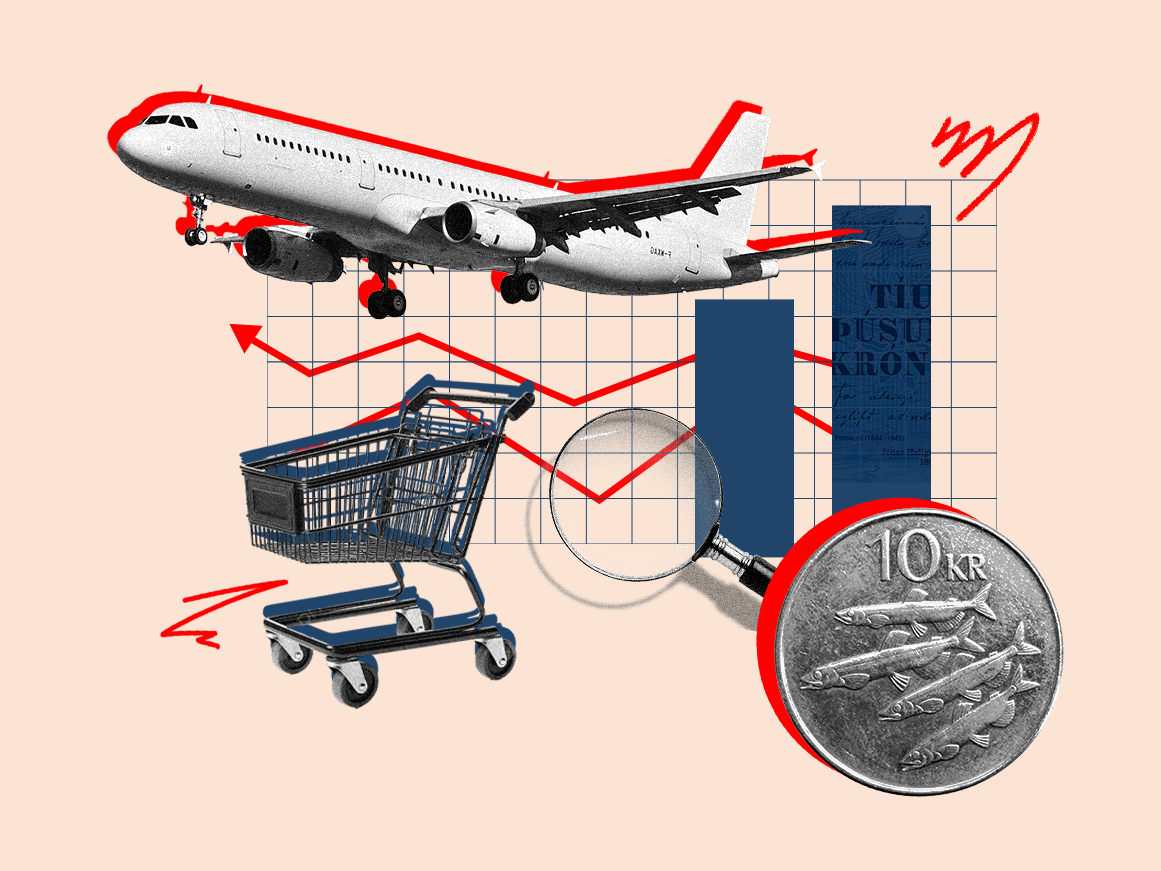2 August 2022 - Landsbankinn
Purchasing power in June was 2.9% lower than it was in January 2022, when it had never been higher.
Last week’s highlights
Arion bank, Festi, Íslandsbanki and Marel published Q2 earnings.
Statistics Iceland released numbers on overnight stays in June.
The week ahead
On Friday, Statistics Iceland will publish numbers on the labour market in June.
Markets and Economic Overview
You may also be interested in


9 April 2025
Landsbankinn Economic Research forecasts 1.4% economic growth this year and 2.1% next year. The economy has cooled down following a robust period of growth in the years after the pandemic and we now anticipate a slow start.

1 April 2025
Monthly statistics analysis and an overview of current economic affairs in Iceland.

3 March 2025
Monthly statistics analysis and an overview of current economic affairs in Iceland.

3 Feb. 2025
Monthly statistics analysis and an overview of current economic affairs in Iceland.

7 Jan. 2025
Monthly statistics analysis and an overview of current economic affairs in Iceland.

3 Dec. 2024
Monthly statistics analysis and an overview of current economic affairs in Iceland.

6 Nov. 2024
Monthly statistics analysis and an overview of current economic affairs in Iceland.

21 Oct. 2024
Last week, we published an economic forecast to the year 2027. The housing price and rental price indexes decreased more between months in September and household payment card turnover contracted between years domestically while rising abroad. The Central Bank of Iceland (CBI) published the minutes of the Monetary Policy Committee (MPC) meeting, which shows that all Committee members agreed to lower the policy rate. Several companies publish financial results this week.

15 Oct. 2024
Landsbankinn Economic Research forecasts a status quo in the economy between years and a 0.1% contraction in GDP. Setbacks affected the export sector in the first half of the year, with capelin catch failure and slower growth in the travel sector causing a contraction. This has been compounded by the cooling impact of high interest rates on demand, which nevertheless remains strong.